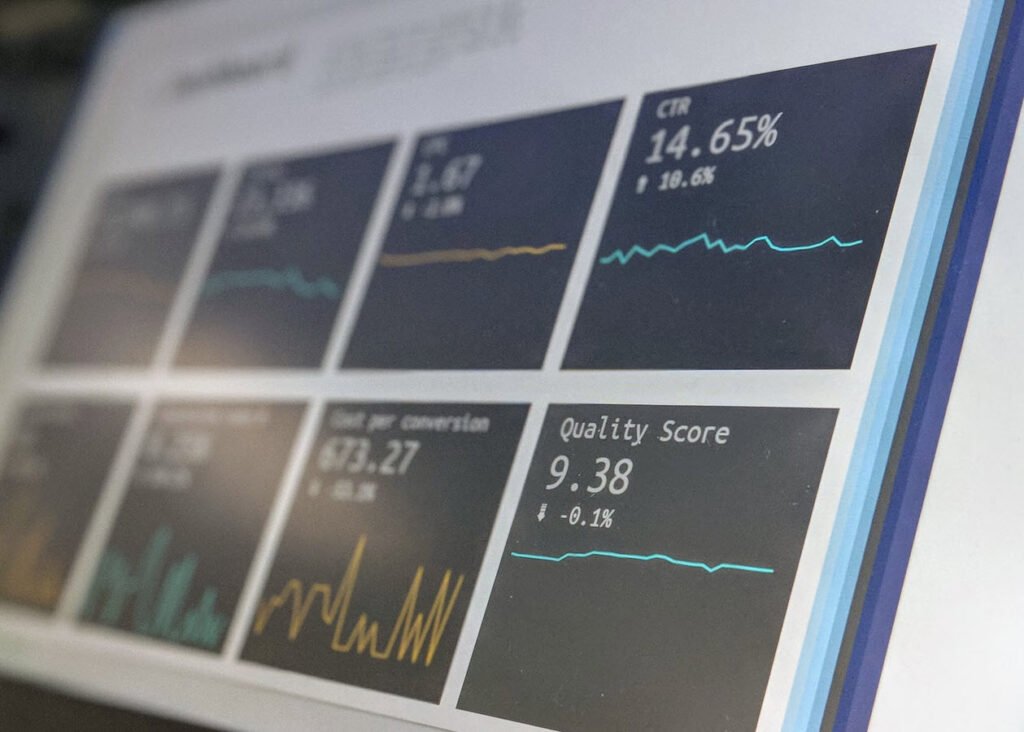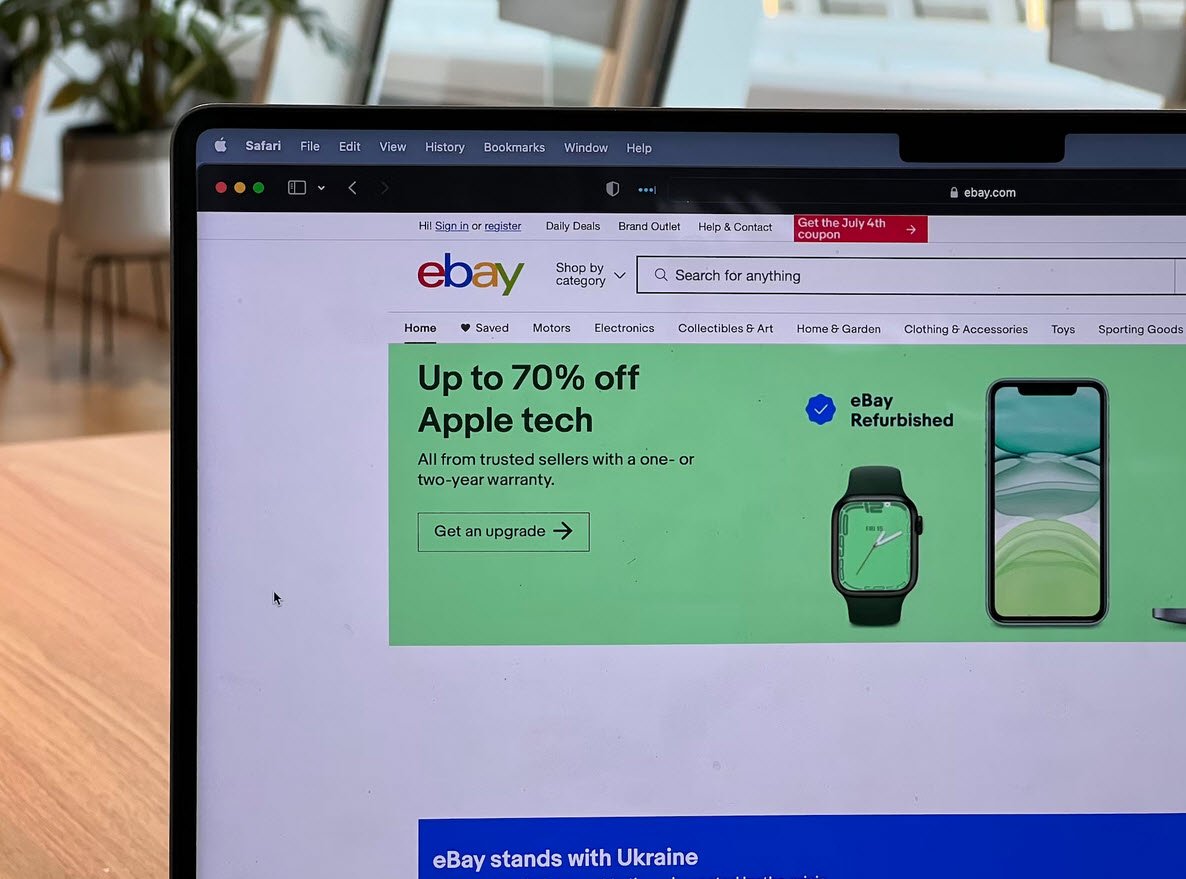
Affiliate marketing can give you the money you need to fuel your passion and keep blogging. People who’ve never tried affiliate marketing either think it’s too easy or too hard for it to work. Some even believe only the lucky get rich and all others won’t be able to make more than a couple of bucks a month.
In reality, it depends on what you’re trying to accomplish. One truth we would like to make clear is this: Affiliate marketing is NOT easy money and you won’t get rich overnight from it. There is money to be earned in affiliate marketing, but whether you’ll earn from it or not will depend on a lot of factors such as your commitment, experience, site traffic, etc.
Also Read: 16 Most Important Affiliate Marketing Related Terms You Need To Know
In simple terms, Affiliate Marketing is a transaction on a commission basis. Let’s say you’re a brand that sells engagement and wedding rings. You would start building your affiliate programme by sourcing and collaborating with relevant affiliates that can showcase or advertise your rings. These partners could be:
- Websites focused on having budget-friendly weddings
- Engagement/wedding ring review sites
- Wedding bloggers and influencers
The affiliate model is flexible and adaptable. You can tailor campaigns to meet your specific goals, whether that’s pushing unsold stock or driving new customers. And you only pay affiliates after they’ve delivered on that pre-determined action.
The Terms & Metrics are:
1. Affiliate
This is the person or company that promotes products and/or services for a merchant. In return, they receive an agreed commission for the sale made or lead generated.
2. Affiliate Link
This is a special link given to the affiliate by the merchant that is embedded with a unique tracking code. This enables the merchant to track the sales or leads the affiliate has generated.
3. Affiliate Program
The affiliate program details the specifics of the arrangement between the merchant and their affiliates, how much commission is given, exit conditions, and other important terms. By joining the merchant’s affiliate program the affiliate agrees to these terms and is bound by the rules of the program.
4. Commission
This is the percentage or amount a merchant pays an affiliate for generating a sale or a lead. The exact percentage or amount is agreed upon in the affiliate program terms.
5. Merchant
A store owner or company that runs the affiliate program the affiliate is participating in. They are often the producers of the products and/or services that affiliate promotes.
6. Niche
A specific topic or business area. For example, if you have a site about yoga, your niche is yoga. On a more general level, your niche is health and well-being. If you focus just on clothing for yoga, that is your sub-niche.
7. Commission Rate
A merchant will set a specific commission rate for their products. This is the portion of the revenue that you receive as an affiliate. Commission rates can range from as low as single digits to more than 50%. Usually, digital products (such as e-books and software) have the highest commissions while physical products may have the lowest.
8. Clickthrough Rate (CTR)
The number of clicks your link or links get divided by the number of times they were viewed (impressions).
9. Earnings per 100 Clicks (EPC)
Sometimes called EPHC, this metric gives you an idea of what other affiliates are earning through this program. While it shouldn’t be used as a single criteria to gauge a program’s profitability, it’s still good to analyze.
10. Average Order Value (AOV)
The average order value is the sum total of all orders divided by the number of orders. It’s a handy metric to know for forecasting your sales.
11. Reversal Rate (RR)
The percentage of transactions that get reversed by the merchant. Most affiliate programs may not provide this data prior to registration, but some networks do provide this data so you can analyze.
12. Conversion Rate (CR)
This metric is the most exciting to track. It may be a click-to-sale CR or a click-to-lead CR, depending on the program. The conversion rate is calculated by the number of visitors who clicked through the site offering the product/service and made a successful purchase (or converted).
You may also like:- Top 4 Digital Marketing Courses to Try in 2024
- What is the Right SSD Space for Your Hosting Package
- 27 Traffic Secrets to Drive Engagement and Growth
- 5 Crucial Reasons Why Niche Research Is Vital for Online Success
- Setting SMART Digital Marketing Objectives for Business Success
- Traditional Marketing vs. Digital Marketing
- Digital Marketing Funnel – A Roadmap to Customer Conversion
- Double Your eBay Sales In 30 Days
- Turn Your Marketing Pieces into Marketing Masterpieces with These Five Design
- Unlocking Success in Affiliate Internet Marketing








